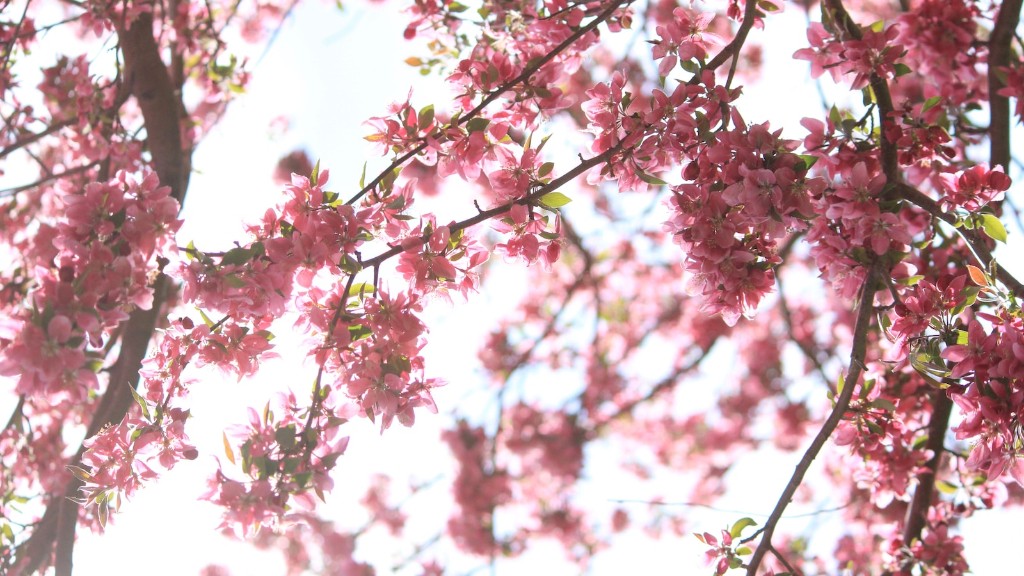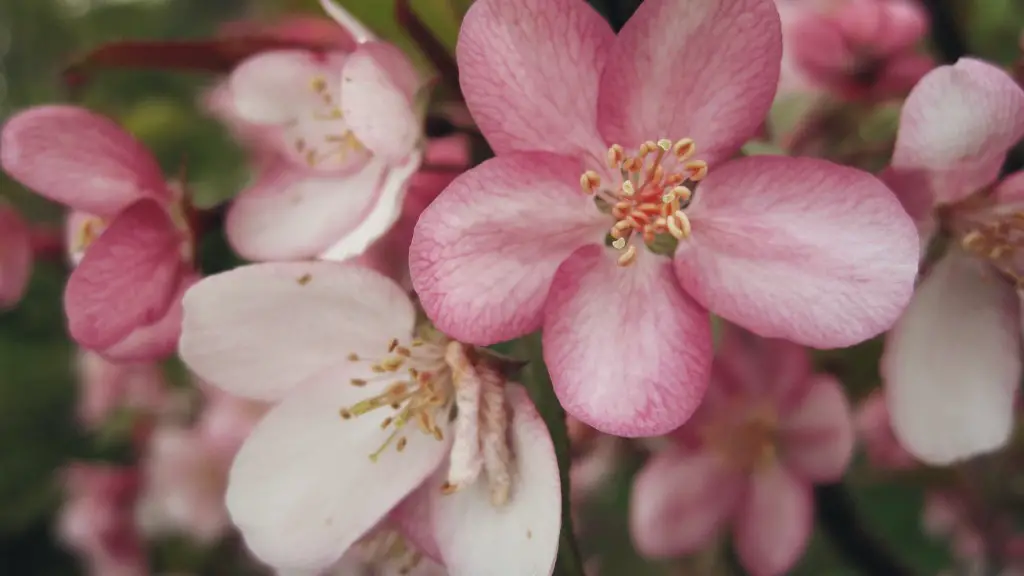The cherry tree is a plant that has been cultivated for its fruit since ancient times and is celebrated as a symbol of beauty in many cultures around the world. To ensure the tree’s health and safety, it’s essential to practice proper garden maintenance, including the use of netting. Netting can be used to protect the tree from pests, disease, and even strong winds and harsh weather. In this article, we will discuss the various steps that need to be taken for putting netting on a cherry tree.
When it comes to netting, the type of material and size should depend on the size of the cherry tree and its purpose – whether it is for protection from pests, wind, hail, or other weather conditions. For smaller trees, lightweight polyethylene or polypropylene netting is often used, while for larger trees, a heavier weave can be chosen. When selecting the netting size, it’s important to consider the space in between the netting so that pests and birds won’t be able to get through.
When it comes to securing the netting to the tree, there are a few different methods to choose from. The simplest option is to wrap the netting around the trunk and secure it with rope or twine. If the tree is large, it is often easier to use clips, which help to keep the netting in place and prevent it from sagging or coming off.
For any netting that doesn’t wrap completely around the tree, it’s important to ensure that there is an attachment point at the top and bottom, so that the netting doesn’t blow away in the wind. Depending on the type of netting, this could be done either with stakes, clips or ropes. Once the netting is attached, it’s important to check it regularly to make sure it’s not tangled or worn, and to re-secure it if necessary.
For a small tree, it is often easier to place the netting over the top of the tree and then secure it to the trunk with clips or ties. For larger trees, it can be more effective to place the netting around the base of the tree and then secure it with ropes or stakes. Whichever method you choose, make sure that the netting isn’t too tight, which can damage the tree, nor too loose, which can lead to it being ineffective.
When putting netting on a cherry tree, it’s important to ensure that the netting is installed correctly and inspected regularly. Neglecting to properly secure and maintain the netting could lead to damage to the tree or birds being able to get in and out of the netting, ultimately leading to a waste of time and resources. With the right materials and installation techniques, netting can help protect cherry trees and promote a healthy, happy garden.
Benefits of installing netting over a cherry tree
Installing netting on a cherry tree can confer a number of benefits. It can protect the tree from pests and the elements, reducing the need for chemical pesticides. It can also protect the fruit from birds and birds of prey, ensuring a bumper crop of tasty cherries. Netting provides a layer of insulation against both hot and cold temperatures, safeguarding the tree from extreme weather conditions. Finally, netting can make the tree easier to manage and harvest, as it is easier to access the tree’s fruit and prune its branches without disturbing the netting.
Why is it important to check netting regularly
It is important to check netting regularly for a number of reasons. Checking the netting ensures that it is in good condition and that it is not loose or worn. It also makes it easier to spot any pests or birds that may have gotten into the netting, and take action to remove them. Regularly inspecting the netting is also important as it makes it easier to identify any potential problems with the tree, such as disease or broken branches, and take action to address them.
What other preventative measures can be taken
In addition to installing netting, there are several other measures that can be taken to protect a cherry tree from pests, disease, and extreme weather. Pruning the tree regularly and removing any dead or diseased branches can reduce its vulnerability to pests, while regular watering and mulching can help to keep the tree healthy. It is also important to make sure that any chemical pesticides are used judiciously, and to allow the tree to receive ample sunlight and airflow.
How can netting be recycled or reused?
Netting can be recycled or reused in a variety of ways. Depending on its condition, netting can be washed and reused. This can be especially effective if the netting is made from a material such as cotton or jute. Alternatively, netting can be recycled, either by using waterproof bags to store it or by donating it to a local repurposing centre. Reusing or recycling netting can help to reduce waste and ensure that the materials do not end up in landfill.

